Sannasi & Sooravali belong to a group of people from Padithuraiin Thanjavur who make a living by practicing the folk art of “Karagattam”. While Sooravali is head over heels in love with Sannasi he doesn’t openly reciprocate her feelings but still loves her from within. However, when a young government employee approaches them with a proposal asking for Sooravali’s hand a chain of events are set in motion that has disastrous consequences
|
Language:
|
Tamil
|
|
Running Time:
|
128 min
|
|
Rating:
|
A
|
|
Release date:
|
14 January 2016
|
|
Directed by:
|
Bala
|
|
Produced by:
|
M. Sasikumar
Bala
|
|
Written by:
|
Bala
|
|
Starring:
|
Sasikumar
Varalaxmi Sarathkumar
Satish Kaushik
R. K. Suresh
Amudha Vaanan
GM Kumar
Kaavya Sha
Pragathi Guruprasad
|
|
Music by:
|
Ilaiyaraaja
|
|
Shot by:
|
Chezhiyan
|
|
Editing by:
|
G. Sasikumar
|
|
Distributed by:
|
Ayngaran International Media
|
What’s Hot
What’s Not
Badges
Verdict


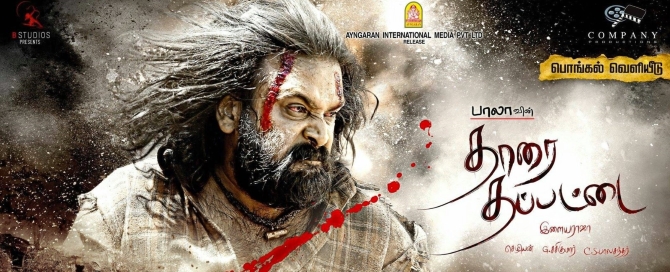
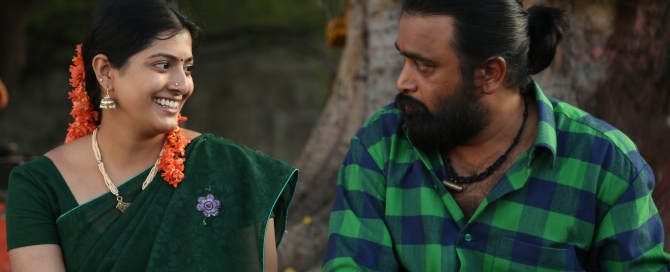
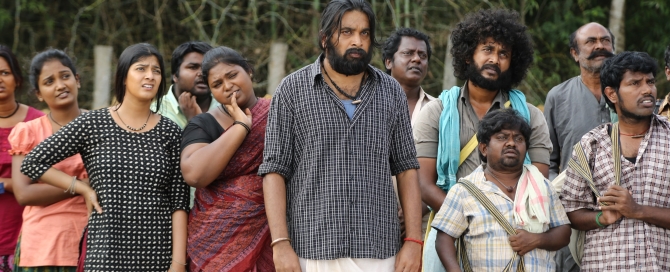



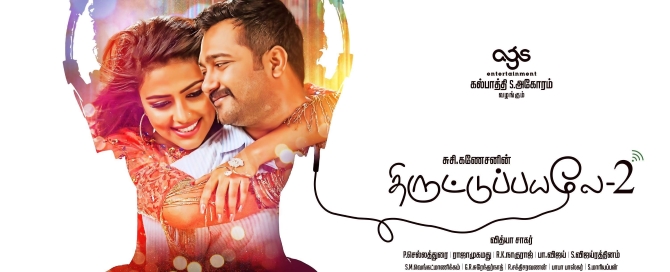
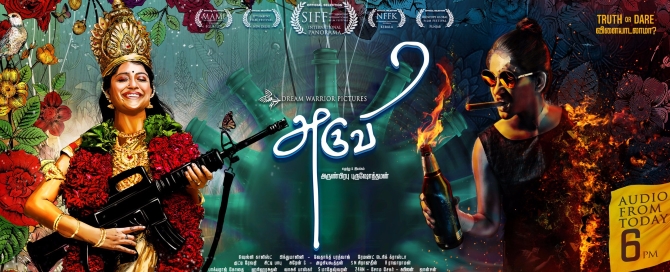
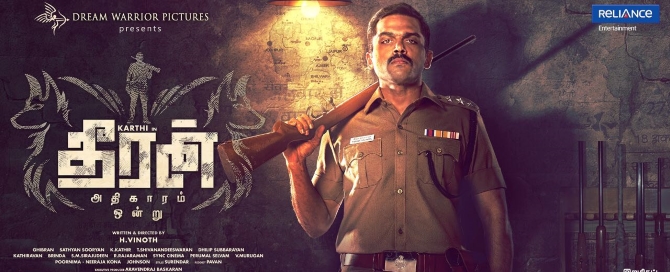
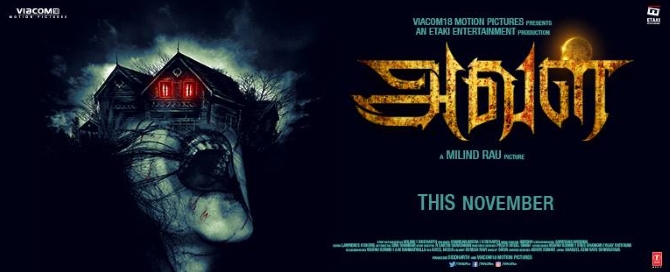
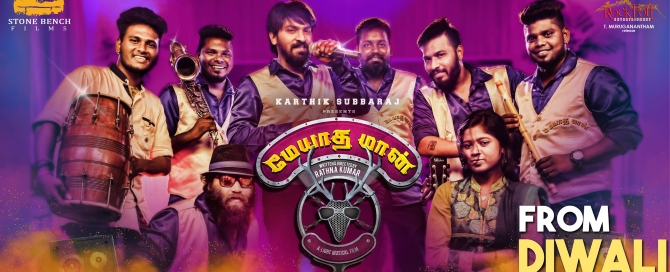
Leave A Comment